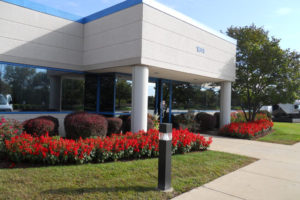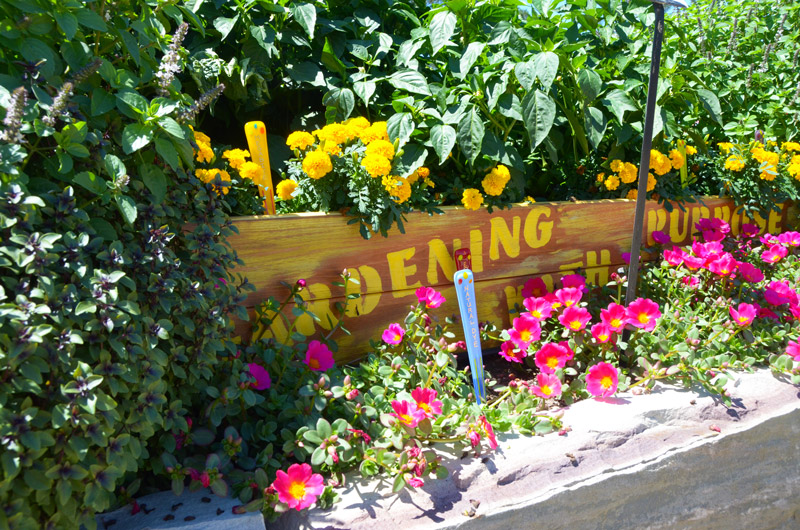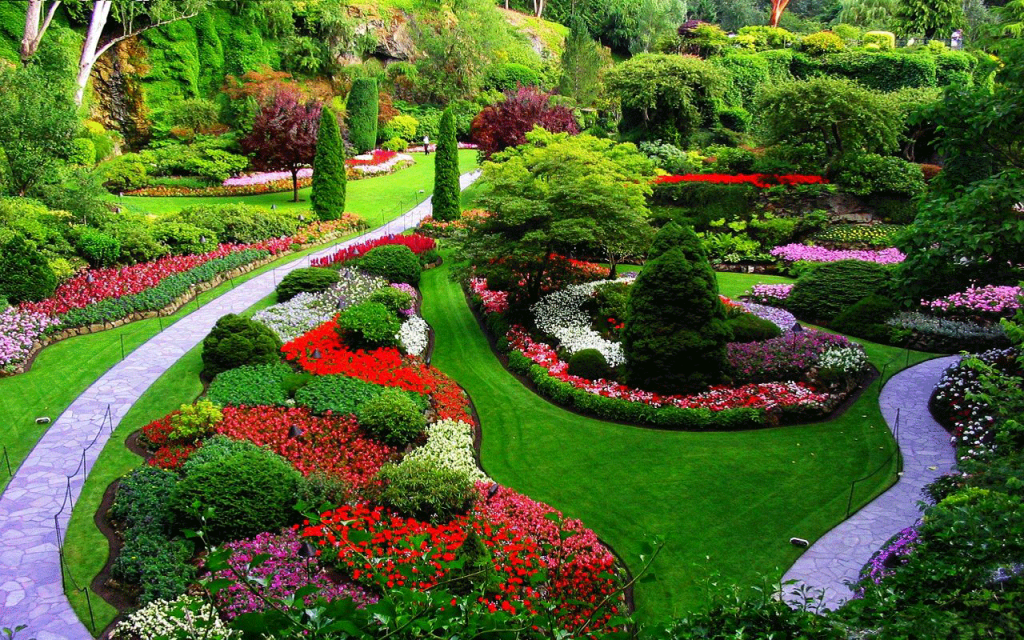Some Of Hilton Head Landscapes
Some Of Hilton Head Landscapes
Blog Article
A Biased View of Hilton Head Landscapes
Table of ContentsHilton Head Landscapes for BeginnersUnknown Facts About Hilton Head LandscapesHilton Head Landscapes for DummiesHilton Head Landscapes Can Be Fun For AnyoneThe Greatest Guide To Hilton Head LandscapesThe Hilton Head Landscapes StatementsThe 8-Minute Rule for Hilton Head LandscapesSome Ideas on Hilton Head Landscapes You Should Know
Type compatibility is additionally a significant part of unity in designone or more strikingly various forms benefit comparison and focus, however normally all various other types need to have some resemblances for an unified look. Appearance describes how coarse or great the surface area of the plant or hardscape material feels and/or looks.
Examples of plants with rugged structure consist of philodendrons, agaves, bromeliads, hollies, hands, and hydrangeas. Characteristics that develop great appearance consist of little vegetation; thin, strappy leaves (yards) or tall, slim stems; little, thick twigs and tiny branches; long stems (creeping plants); and small, fragile blossoms.
Getting My Hilton Head Landscapes To Work
The majority of plants are moderate texture, in that they can not be explained as having either coarse or great appearance. Medium-textured plants act as a history to link and combine the crude- and fine-textured plants.

To make an area feel smaller, put the rugged textures along the external border and the great structures closest to the audience. The information of the rugged structure makes the plants show up closer and makes the space feel smaller sized. The viewed structure of plants can additionally transform with the distance from the plant.
The Definitive Guide for Hilton Head Landscapes
Vibrant shades boost the comparison and make the texture appear coarser, while muted colors can squash structure. Hardscape with a rugged texturesuch as really harsh rocks and vibrant, large timberstends to make all plant product show up much more medium distinctive. Developers typically develop a structure study (Number 8) on paper to help make a decision the plan of plant materials.
Color in plant product and hardscape includes interest and range to the landscape. Color is the most conspicuous element in the landscape and is usually the emphasis of many property owners; however, it is likewise the most short-lived component, generally lasting only a few weeks a year for private plants.
Hilton Head Landscapes - Truths
A basic summary of the color wheel includes the 3 primaries of red, blue, and yellow; the 3 secondary colors (a mix of two primaries) of green, orange, and violet; and 6 tertiary shades (a mix of one nearby main and secondary shade), such as red-orange. Color theory explains the connection of shades to each other and exactly how they need to be made use of in a structure.

Comparable (in some cases called harmonious) color design are any kind of three to 5 shades that are adjacent on the color wheel, such as red, red-orange, orange, yellow-orange, and yellow, or blue, blue-violet, and violet (landscape design hilton head). The colors are relevant to each other due to the fact that they usually include 2 primaries mixed to develop a secondary and 2 tertiary colors, which implies they share typical homes
They often tend to have high comparison in between them. The most usual sets are violet and yellow, red and environment-friendly, and blue and orange. Corresponding shades are often found normally in flowers; a typical set is yellow and violet. Color is located in the flowers, vegetation, bark, and fruit of plants.
Getting My Hilton Head Landscapes To Work
Environment-friendly vegetation in all its various tones is the leading shade by amount, but other shades catch interest extra easily due to the fact that of their high comparison to the shade eco-friendly. Color is likewise found in buildings, rocks, pavers, wood, and furnishings. Most shades in all-natural products, such as stone and wood, are commonly muted and have a tendency to be variations of brownish, tan, and pale yellow.
Colors have homes that can impact emotions, spatial understanding, light quality, equilibrium, and focus. Amazing colors have a tendency to be relaxing and should be utilized in areas for leisure and serenity.
Fascination About Hilton Head Landscapes
The "temperature" of colors can additionally affect the perception of range. Awesome shades have a tendency to recede and are perceived as being further away, making a room feel larger. Cozy shades have a tendency to development and are perceived as being more detailed, making a room really feel smaller. Color can also be used to catch attention and straight sights.
As an example, bright yellow, which has the greatest intensity, also has a high comparison with all other colors (often referred to as a "pop" of color) and ought to be used sparingly. A small quantity of extreme shade has as much visual weight as a big amount of an extra restrained or weaker shade.
Similar (often called unified) color plans are any type of three to 5 colors that are nearby on the color wheel, such as red, red-orange, orange, yellow-orange, and yellow, or blue, blue-violet, and violet. The colors relate per other because they commonly include 2 key colors blended to develop a secondary and 2 tertiary colors, which indicates they share common homes.
Hilton Head Landscapes - Truths
Corresponding shades are commonly discovered naturally in flowers; an usual pair is yellow and violet. Color is found in the blossoms, foliage, bark, and fruit of plants.
Green foliage in all its different tones is the leading color by amount, however other shades catch attention extra easily because of their high comparison to the color green - landscaping hilton head sc - https://h1tnhdlndscps.start.page. Color is also located in buildings, rocks, pavers, timber, and furniture. The majority of colors in all-natural materials, such as rock and wood, are commonly soft and often tend to be variations of brownish, tan, and pale yellow
The Of Hilton Head Landscapes
Shade is an important element for producing rate of interest and range in the landscape. Shades have buildings that can influence emotions, spatial perception, light quality, equilibrium, and focus. One property of shade is explained about temperaturecolors appear to be awesome or warm and can impact emotions or sensations. Amazing colors have a tendency to be soothing and must be made use of in locations for leisure and serenity.
Great colors tend to decline and are regarded as being farther away, making a space really feel larger. Color can additionally be utilized to capture attention and straight views - https://www.kickstarter.com/profile/h1tnhdlndscps/about.
Intense yellow, which has the greatest intensity, additionally has a high contrast with all various other colors (often defined as a "pop" of color) and should be utilized have a peek at this website sparingly. A percentage of extreme color has as much visual weight as a big amount of an extra controlled or weaker shade.
Report this page